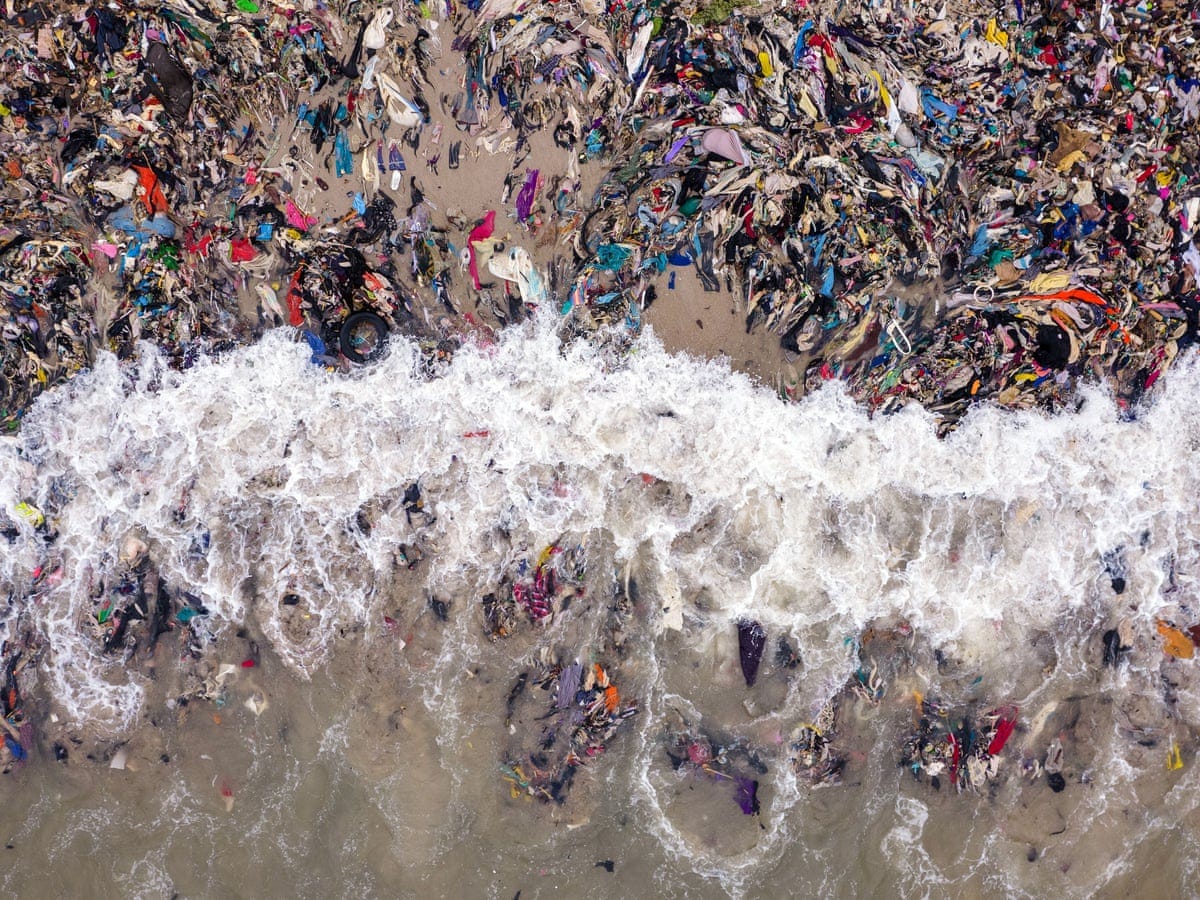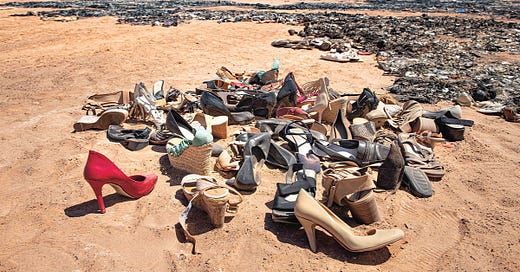I have a complicated relationship with Valentine’s Day. I appreciate the cultural carve-out to honor love, not just of romantic partners but of friends and family, but I’m wary of how commercialized this holiday has become.
Something funny has happened since I started researching, learning, and writing about clothes: I have come to see how much stuff corporations churn out—and how much we waste in the process.
Some data metrics estimate that the United States produces over 7.6 million square meters of plastic waste per year. I think about this number when I walk through grocery stores and see the plastic wrapped around Valentine’s bouquets, cards, candies, and more. I think about the colossal piles of plastic accumulating in landfill (because not all plastics are recycled).
When I browse my e-mail inbox or read the news, I invariably come across advertisements for Valentine’s-themed clothes. I think about how apparel companies produce somewhere between 80-150 billion garments per year. And then I think about all of the used clothes that the U.S. exports to countries in the Global South—in 2022, we exported $1.01 billion worth.
That’s the thing about all of the Valentine’s tchotchkes, holiday trinkets, and themed regalia that we use briefly and then pass along. They end up in landfill, either immediately or over time, passing through overstock stores like TJMaxx, then to secondhand stores like Goodwill, then either to domestic landfill or to countries in the Global South, where they become our global neighbor’s problem to deal with.
The clothes clogging Ghana’s beaches—straight from the U.S.—aren’t loving.

Neither are the clothes piling up in Chile’s Atacama Desert. This can’t be what we mean by “love.”
I’ve previously written about the problems on the production side of Valentine’s stuff. But this year I my sights are set on the disposal side, and all the waste we produce in the process.
Why?
Because unbridled production and consumption is not loving.
Because unchecked corporate production is harming us and depriving future generations of a lovely life.
Interrogating personal consumption is not meant to be an exercise in scrupulous shaming. We have an opportunity to shift our mindsets a little bit—and act differently.
So here’s my invitation.
On this day of love, commit to love, not landfills. We might have to adjust our consumption habits, join a pressure campaign against an overproducing brand, or try consigned instead of brand-new. But it’s worth it in the end.
I trust that this love—selfless, reflective, and creative—can better sustain the future of our loved ones, and future generations, than the status quo.
XO,
Céire






